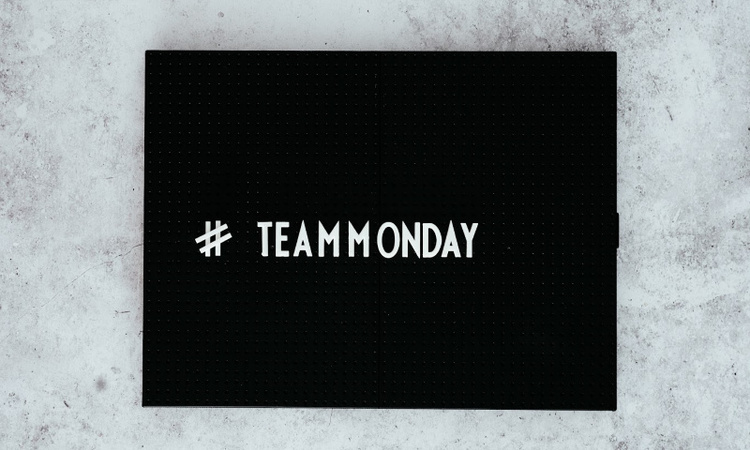The battle to not only attract but then retain top talent is undeniably becoming more challenging. A key way to gain a serious competitive edge is to make the onboarding experience for your new hires as seamless and robust as possible. And it’s not just about getting them through the door!
The benefits of a good onboarding process are numerous:
-
Builds trust
-
Improves job satisfaction and retention
-
Contributes to positive workplace culture
-
Increases overall team performance
-
Decreases cost of rehire/retraining
-
Increases customer service levels
-
Retains corporate knowledge
-
Promotes positive company reputation in the market.
And a good retention strategy starts right from the beginning of the recruitment process!
-
Responding to job applications in a timely manner and returning phone calls can have a huge impact on a prospective employee’s perception of how you do business. Moving through the process at a good pace is also key; top talent will be highly sought after, and you may find if you snooze, you lose.
-
Ensure whoever is communicating with candidates is professional, has a complete understanding of the role and hiring process and is setting the tone for the style of person you are looking to attract. Be upfront initially about what steps are involved in the process and avoid throwing in extra steps along the way, changing the goal posts could make your organisation look disorganised and make a potential hire reconsider their interest.
-
Make the offer process seamless, ensure documents are provided promptly and are professionally presented with no errors.
It doesn’t stop there! In between acceptance and commencement date you have a great opportunity to start connecting your new hire with the team they will be working with and to continue building their engagement with the role and your organisation.
-
Hosting a casual morning tea ‘meet and greet’ before they start is a great way to ameliorate first day nerves.
-
Send a card congratulating them on the role and welcoming them to the team.
-
Ensure their desk, IT requirements and other tools of trade are ready to go and provide them with an induction schedule for (at a minimum) their first week ensuring they know who they need to connect with on their first day and beyond, and what is expected of them.
-
Ensure relevant people internally are briefed on their commencement and the role they will play in welcoming, inducting and/or training them.
-
Provide your team with a copy of the starter’s CV so that they are familiar with their background, skills and experience.
-
Schedule lunch on their first day with relevant staff to welcome them.
Some organisations then make the mistake of thinking that the onboarding process is done and dusted and that the new team member will pick things up by osmosis, but it’s critical to provide continual performance feedback and to identify areas for further training and development.
While it might seem like a lot of effort to put the suggestions I’ve made in place, and that if you’ve got a great workplace culture then everything should fall into place naturally, a well-developed onboarding strategy where all parties know what their role is, is fundamental to your subsequent retention strategy.
You can learn more about the factors that determine turnover and retention via the Australian Human Resources Institute’s Pulse Survey or contact peoplefusion for a confidential discussion.
Check out our video below to hear from Amy, our Recruitment Specialist for Office & Administration.
Photo by Annie Spratt on Unsplash

.jpg)